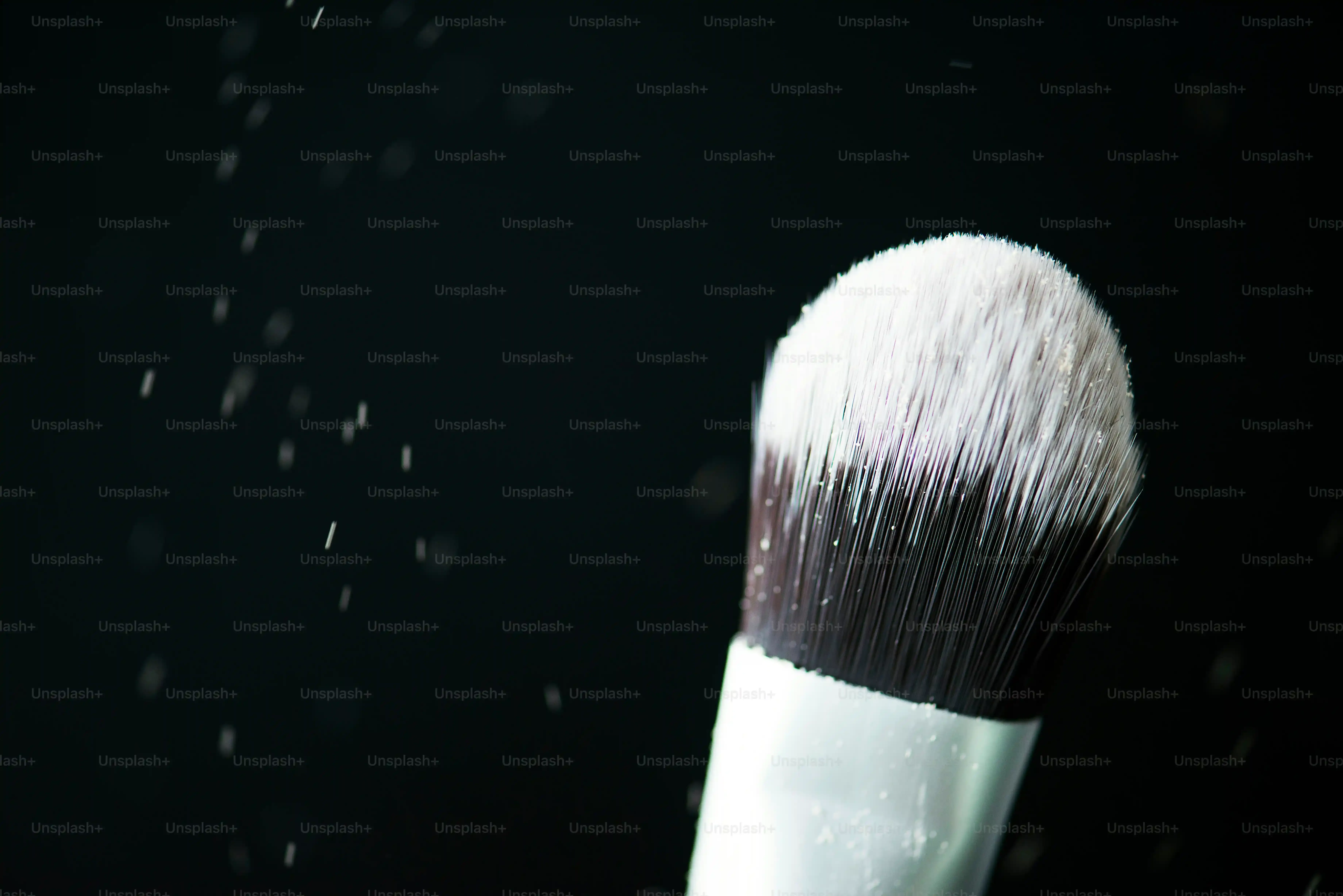Table of Contents
Let's cut to the chase about makeup brushes. Specifically, the kind that feel like someone's prized pet got a haircut for your face. We're talking about the natural bristle makeup brush. For years, these were the gold standard, whispered about in makeup artist circles like ancient secrets. They promised seamless blending, incredible pigment pickup, and a finish that synthetics just couldn't touch. But are they still worth the fuss in a world flooded with high-tech synthetic options? Do they live up to the hype, or are they just little shedding, finicky dust bunnies waiting to happen? Navigating the world of natural bristles can feel like trying to find your way through a fog without a map. You hear about squirrel, goat, sable, horse – it's less a brush and more a zoo exhibit on your vanity. This guide aims to clear the air. We'll dive into why you might consider a natural bristle makeup brush, break down the different hair types and what they're actually good for (and what they're not), tackle the often-dreaded cleaning process, and finally, put the natural versus synthetic debate to rest, or at least give you enough info to pick a side. Get ready to understand these furry tools and decide if they deserve a spot in your makeup bag.
Why Reach for a Natural Bristle Makeup Brush Anyway?
Why Reach for a Natural Bristle Makeup Brush Anyway?
The Powder Whisperers
Alright, let's talk about why anyone would bother with a natural bristle makeup brush in the first place, especially when synthetics are cheaper and easier to clean. The main reason, historically, boils down to powder. Think blush, bronzer, setting powder, eyeshadow. Natural hairs, like those from goats, squirrels, or sables, have tiny cuticles along the shaft. These cuticles grab onto powder pigments like little microscopic hands. This means you pick up product efficiently, and more importantly, you can lay it down and blend it out in a way that creates a truly seamless, almost airbrushed finish. Synthetics, made of smooth plastic fibers, don't have these cuticles, so they tend to push powder around rather than picking it up and distributing it evenly. For anyone serious about a soft, diffused powder application, the natural bristle makeup brush was, and often still is, the tool of choice.
Not All Hairs Are Created Equal
It's not just about "natural" versus "synthetic." Within the natural world, you've got a whole spectrum of hair types, and they perform wildly differently. A soft squirrel hair brush is fantastic for a sheer wash of color or setting powder because it's delicate and doesn't deposit too much pigment at once. A denser goat hair brush, on the other hand, can pack on color or contour with more intensity. Sable hair is often prized for its snap and precision, making it great for detailed eye work. It’s less about just having a natural brush and more about understanding which animal donated its coat for which specific makeup task. Using the wrong type is like trying to hammer a nail with a screwdriver – technically possible, but unnecessarily difficult and messy.
So, why consider going natural?
- They excel with powder products, offering superior pickup and blending.
- Different hair types provide a wide range of application possibilities, from sheer washes to intense color payoff.
- Often provide a softer, more luxurious feel against the skin compared to some synthetics.
The 'Luxury' Angle
Beyond pure function, there's also a certain tactile experience with a natural bristle brush. A well-made one can feel incredibly soft and luxurious on the skin, a sensation some find crucial to their makeup routine. While synthetic technology has come a long way in mimicking softness, the unique texture and flexibility of natural hair, particularly finer grades, can still feel distinct. It’s a bit like the difference between a well-worn leather jacket and a pleather one – both serve a purpose, but the feel and drape are just different. For some, this feel contributes to the overall enjoyment and perceived quality of their makeup application, making the investment in a natural brush worthwhile, assuming you're willing to put in the extra care they require.
Decoding Natural Bristle Types: What Hair Does What?
Decoding Natural Bristle Types: What Hair Does What?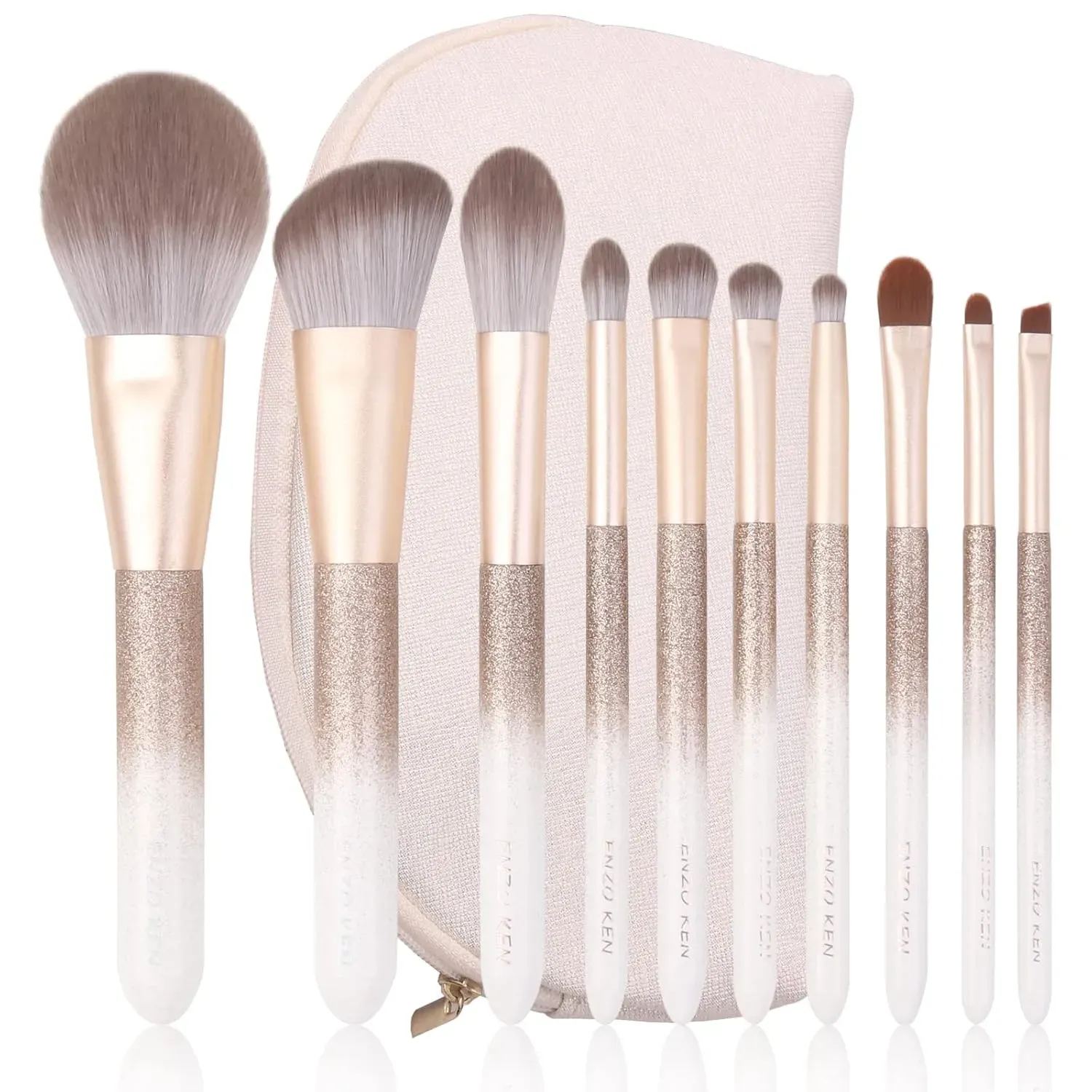
The Softies: Squirrel and Goat Hair
diving into the specifics of a natural bristle makeup brush means getting familiar with whose hair is doing the heavy lifting. Think of the softest, fluffiest brushes in your collection – chances are, they feature squirrel or fine goat hair. Squirrel hair is incredibly fine and flexible, making it perfect for applying sheer washes of powder, like finishing powder or a subtle blush. It doesn't grab too much product, which prevents that dreaded "clown cheek" effect. High-grade goat hair, often labeled as "Saikoho," "Sokoho," or "Koho" depending on the cut and quality, is also super soft but usually denser than squirrel. This density makes it fantastic for blending powders, setting large areas of the face, or applying bronzer where you need diffusion rather than sharp lines. These hairs are gentle on the skin and excel at creating that soft-focus, airbrushed look with dry formulas.
The Workers: Sable and Horse Hair
Moving up the intensity scale, you encounter hairs like sable and horse. Sable, particularly Kolinsky sable (though true Kolinsky is rare and expensive now, often imitated), is known for its resilience and "snap." This means the bristles return to their original shape quickly after pressure is applied. This springiness, combined with its ability to hold a sharp point or edge, makes sable ideal for detailed work, especially with eyeshadow. Packing color onto the lid, creating a sharp cut crease, or applying liner with powder or gel – sable handles it with precision. Horse hair, often used in more affordable natural bristle makeup brush sets, is coarser and has more texture than squirrel or sable. It works well for packing on eyeshadow or for brushes that need a bit more stiffness for buffing powder foundations, though it might feel less soft on sensitive skin compared to the finer hairs.
Quick Guide to Natural Bristle Types:
- Squirrel: Softest, sheer application, finishing powders, subtle blush.
- Fine Goat (Saikoho, Sokoho): Very soft, dense, blending powders, setting face, bronzer.
- Sable (Kolinsky): Resilient, good snap, precise application, packing eyeshadow, liner.
- Horse: Coarser, packs color, buffing powder foundation (can be scratchy).
Keeping Your Natural Bristle Brushes Happy: Cleaning and Care
Keeping Your Natural Bristle Brushes Happy: Cleaning and Care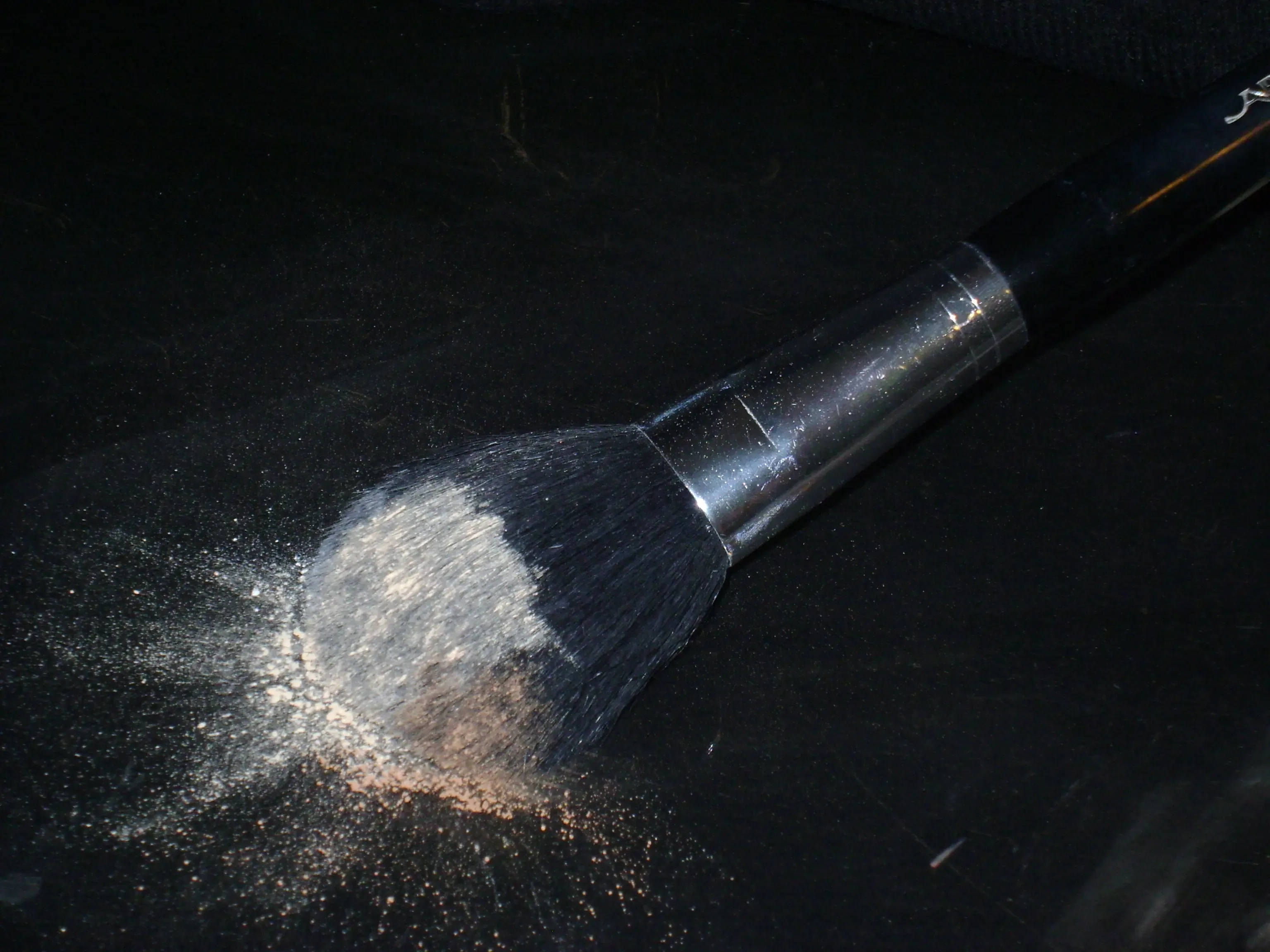
so you've invested in a fancy natural bristle makeup brush. Great. Now comes the part that makes some people sweat: keeping it clean. Unlike their synthetic cousins that you can practically scrub with dish soap and boiling water (don't do that, by the way), natural bristles are more like the hair on your head. They need gentle handling. Think of all the oils, makeup residue, and general gunk that builds up. Not cleaning them is like using the same dirty washcloth on your face day after day – gross, and a fast track to breakouts or worse. Proper cleaning isn't just about hygiene; it's about preserving the shape and performance of your brush. Harsh chemicals or rough handling can damage those delicate cuticles we talked about, making the brush less effective and causing shedding. So, yeah, cleaning your natural bristle makeup brush isn't just an option, it's mandatory if you want it to last and perform like it should.
Natural vs. Synthetic: Settling the Brush Battle
Natural vs. Synthetic: Settling the Brush Battle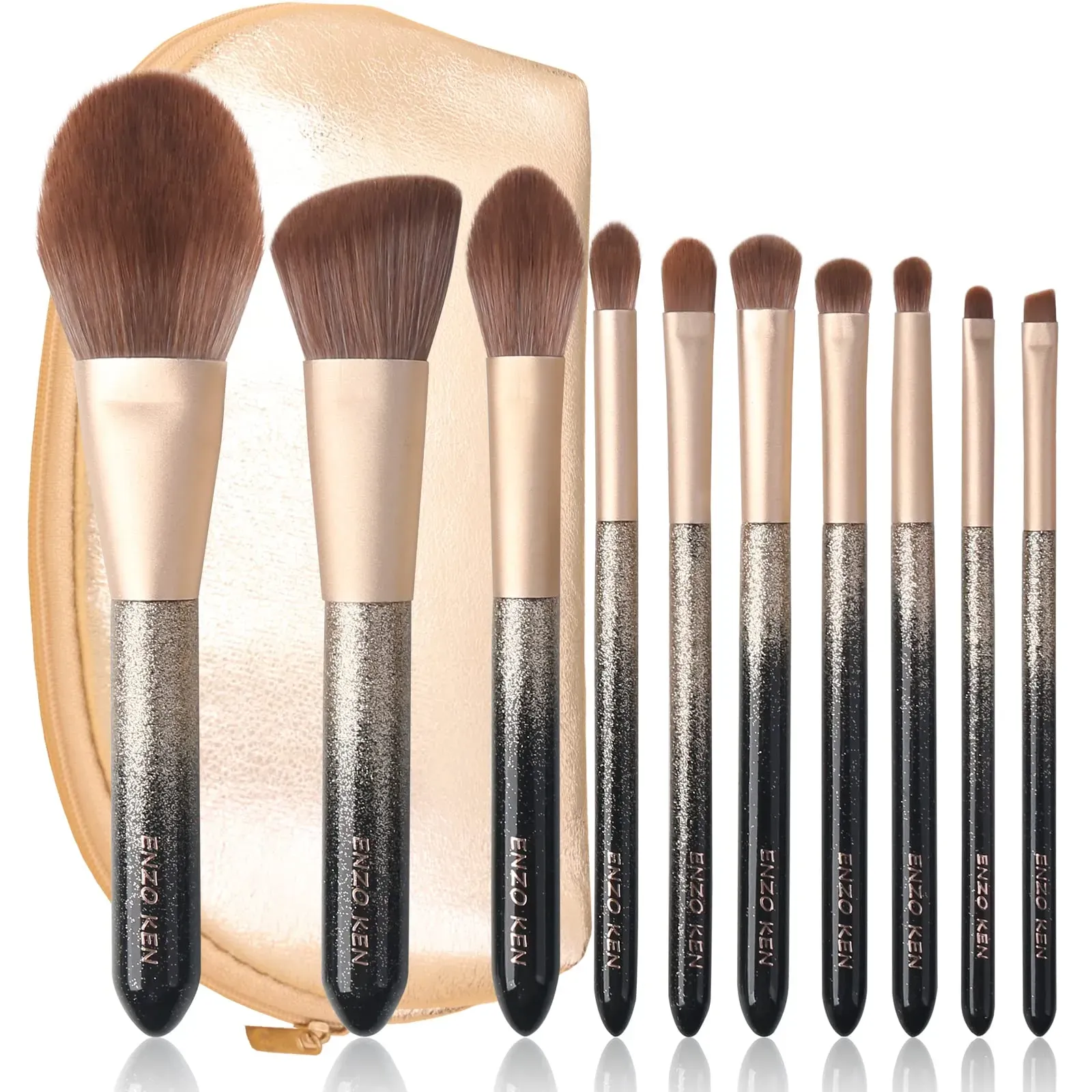
The Reign of Plastic Fantastic
For a while there, it felt like the only serious option was a natural bristle makeup brush if you wanted a truly polished look, especially with powders. Then synthetics started getting good. Really good. We're not talking about those scratchy nylon brushes from the drug store in the 90s anymore. Modern synthetic fibers can be incredibly soft, tapered, and engineered to mimic the feel of natural hair. Their biggest win? Liquids and creams. Synthetics don't absorb product like natural hairs do, meaning you waste less foundation or concealer, and they apply these formulas smoothly without streaks. Plus, let's be honest, cleaning them is a breeze. Soap and water, maybe a quick dry, and they're ready to go. No worrying about drying them upside down or waiting an eternity for them to fully air out. They became the workhorses, affordable and versatile.
Why Fight for the Furry Friends?
Despite the undeniable convenience and performance of synthetics, the natural bristle makeup brush hasn't vanished for a reason. As we touched on earlier, for certain powder applications – a truly blown-out eyeshadow look, a seamless blush blend, or a perfectly diffused bronzer – the way natural hairs pick up and distribute pigment is still, for many, unmatched. It’s about control and that specific finish. Yes, they require more careful cleaning, yes, they can shed a bit initially, and yes, they generally cost more. It's a higher-maintenance relationship, for sure. But for those who prioritize specific powder techniques or simply prefer the feel and performance for those tasks, they remain essential tools. It's less of a "better or worse" situation and more about choosing the right tool for the job you're trying to accomplish, and sometimes, that job still calls for natural hair.
Feature | Natural Bristle | Synthetic Bristle |
|---|---|---|
Best for Product Type | Powders (blush, bronzer, eyeshadow) | Liquids, Creams, Gels |
Product Pickup/Distribution | Excellent for grabbing and diffusing powder | Applies liquids/creams without absorption |
Cleaning Ease | Requires gentle care, longer drying time | Easy to clean, dries quickly |
Durability | Requires careful handling to maintain shape | Generally very durable and resilient |
Feel | Can be very soft (depending on hair type) | Modern fibers can mimic softness well |
Troubleshooting Your Natural Bristle Makeup Brush: Common Headaches Solved
Troubleshooting Your Natural Bristle Makeup Brush: Common Headaches Solved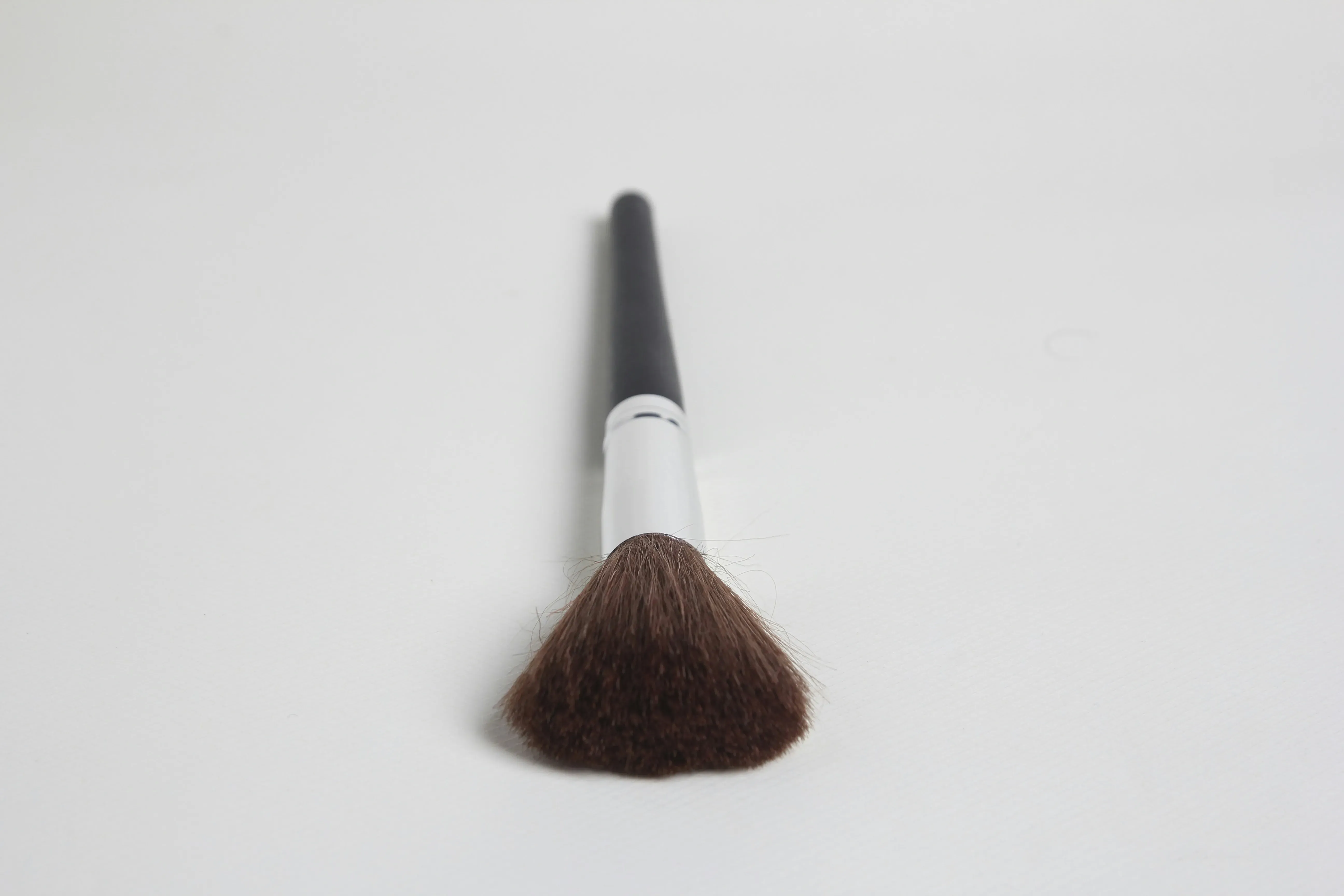
Dealing with the Shedding Situation
So you got a beautiful new natural bristle makeup brush, used it once, and now your face looks like you wrestled a small, fluffy animal? Shedding is probably the most common complaint people have with natural hair brushes, especially when they're brand new or if they haven't been cleaned properly. It's annoying, sure, but it's often not a death sentence for your brush. Think of it like a new carpet – it loses some loose fibers initially. If it's excessive and continues after several uses and gentle cleanings, that might indicate a poorly made brush where the hairs aren't properly secured in the ferrule (the metal part). But usually, a few stray hairs here and there, particularly in the first few weeks, are normal. A gentle flick or two before you dip into powder can help dislodge any loose ones before they end up on your face. Don't pull the shedding hairs out forcefully; you might loosen others. Let cleaning handle it.
When Your Brush Feels Like a Brillo Pad
Another head-scratcher: your once-soft natural bristle makeup brush now feels stiff, maybe even a little scratchy. This usually points to one of two things: product buildup or improper drying. If you're not getting all the makeup residue out when you clean, those dried pigments and oils can stiffen the bristles, making them less flexible and comfortable. Or, if you're drying your brush standing upright, water can seep into the ferrule, loosening the glue and damaging the base of the hairs, leading to stiffness and splaying. It's like giving your hair a bad perm and then blow-drying it upside down. Not ideal. Proper cleaning technique and drying flat or upside down are your best defense against the dreaded brush stiffness.
- Shedding: Normal initially. Gentle cleaning helps. Avoid pulling hairs.
- Stiffness: Usually product buildup or drying issues. Clean thoroughly, dry correctly.
- Loss of Shape: Improper storage or drying. Use brush guards or store flat.
- Persistent Smell: Not drying completely or bacterial growth. Ensure brushes dry fully in a well-ventilated area.
Getting Rid of Lingering Funk and Product Buildup
Ever pick up your natural bristle makeup brush and get a whiff of something... off? That lingering smell, or even worse, noticeable product crusting near the ferrule, means your cleaning routine isn't cutting it. Natural hairs can hold onto oils and pigments, and if they don't dry completely, they become a breeding ground for bacteria and mildew. That's not just gross; it can be terrible for your skin. Make sure you're using a cleanser designed for natural bristles (or a gentle soap), working it through the hairs without jamming the brush into your palm, rinsing thoroughly until the water runs clear, and most importantly, ensuring they dry fully in a well-ventilated spot. Squeezing out excess water gently and laying them flat on an absorbent towel or using brush guards can speed up drying and help maintain shape. Ignoring buildup and smell isn't just unpleasant; it's actively working against the flawless application you bought the brush for.
The Final Word on Natural Bristles
So, where does that leave us with the natural bristle makeup brush? They aren't a magic bullet. They require specific handling, careful cleaning, and frankly, some types shed like it's their job. But for certain tasks, particularly with powder products, their unique cuticle structure can grab and distribute pigment in a way that synthetics often struggle to replicate precisely. Deciding if they're right for you comes down to your budget, your patience for maintenance, and the specific results you're chasing. They're a tool, not a miracle worker, and like any tool, they perform best when used correctly and for the right purpose. Don't expect them to solve all your makeup woes, but understand what they offer and you might find they earn their place in your kit.
